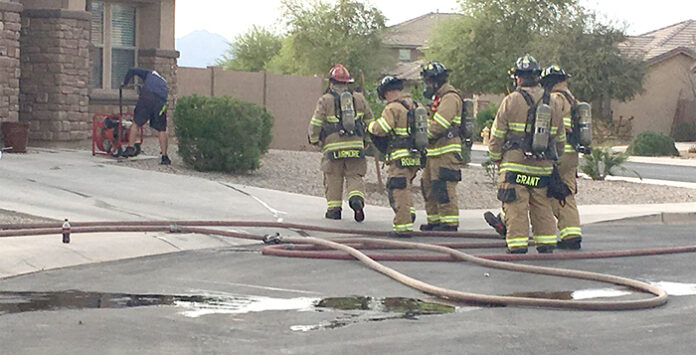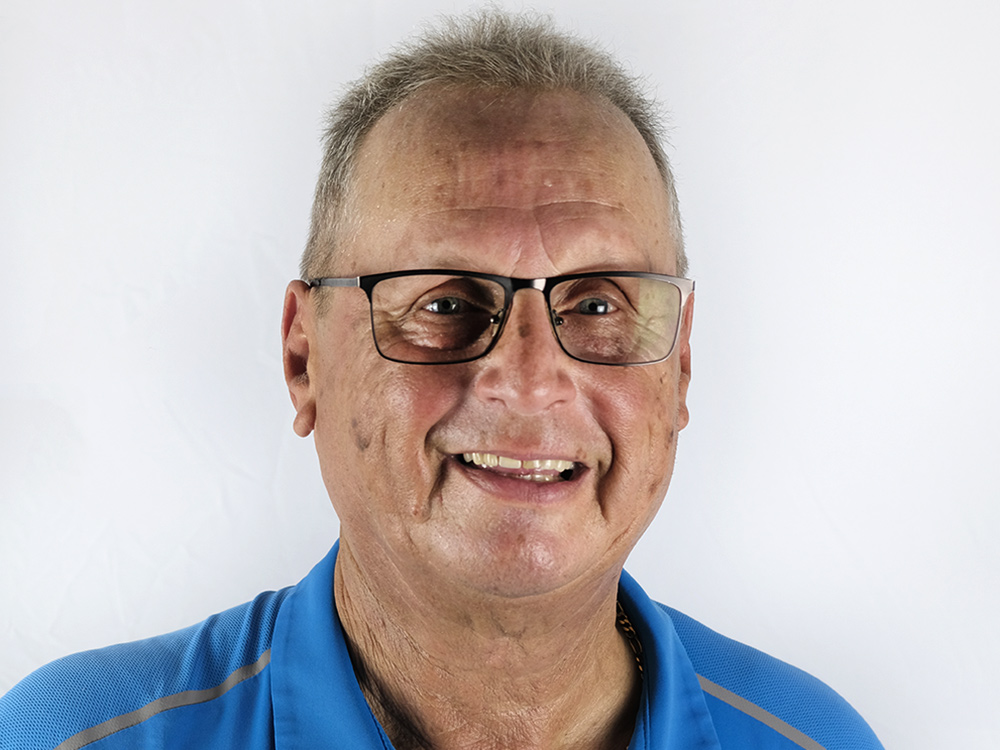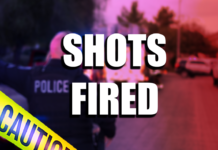
While images of hurricanes and wildfire destruction have been in recent news coverage, homeowners, renters and business owners can ill afford to ignore other catastrophes that can wreak havoc.

Cities have faced challenges planning for disaster responses, especially extreme weather events. The spotlight has been on the importance of remediation, repair and recovery in the aftermath.
Catastrophic response and recovery are forward-looking and possess a strategic focus on the restoration of infrastructure, housing and the economy of a community. Remember the torrential rainstorm in October that knocked out power across the city, impacting businesses. And consider the wicked windstorms that caused damage to trees, roofing and backyards.
With our city continuing to grow, we must consider the effect of a major lightning or dust storm that knocks out power and other utilities citywide.
Imagine your home without A/C for an extended period when it’s 110 degrees. What would you do? Where would you go? This could be especially critical for older citizens.
Recent weather events in Florida and along the East Coast remind us every community needs to invest in preparing for the next emergency or disaster. Evidence has shown there is a direct correlation between the level of preparedness and the level of resiliency in a community. Specifically, the more prepared communities are, the greater their ability is to respond to and recover from a disaster.
However, the most resilient communities go beyond simply developing a response plan that “checks the box” and supports it with periodic training and scenario-based exercises.
We are fortunate in Maricopa to have a Community Emergency Response Team that works with city organizations and utility companies and focuses on reducing the city’s vulnerability to disasters. They are creating plans for protection, preparedness, response and recovery.
As an example, if a major summer storm knocks out power across the city, where can people go to escape the heat? How will those who are incapacitated be transported to appropriate shelters? What resources are available for those who choose to shelter at home?
According to FEMA, it makes sense, especially for older Americans, to prepare now. They recommend having a kit with three days of emergency supplies, including medications, and emergency documents like family and medical records.
This kit should include hearing-aid batteries, wheelchair batteries and oxygen.
FEMA also recommends a plan for what you will do in an emergency, such as who to call, and what everyone in the family should do, depending on the circumstances.
Be informed. Watch TV or listen to the radio for emergency instructions.
In Maricopa, during an emergency contact City Hall by calling 311 for assistance. For additional information, go to Ready.gov or call 1-800-BE-READY. In the meantime, be well and stay safe.
Al Brandenburg is a member of Maricopa Community Advocates.

![Maricopa’s ‘TikTok Rizz Party,’ explained One of several flyers for a "TikTok rizz party" is taped to a door in the Maricopa Business Center along Honeycutt Road on April 23, 2024. [Monica D. Spencer]](https://www.inmaricopa.com/wp-content/uploads/2024/04/spencer-042324-tiktok-rizz-party-flyer-web-218x150.jpg)





![Alleged car thief released without charges Phoenix police stop a stolen vehicle on April 20, 2024. [Facebook]](https://www.inmaricopa.com/wp-content/uploads/2024/04/IMG_5040-218x150.jpg)
![Locals find zen with Earth Day drum circle Lizz Fiedorczyk instructs a drum circle at Maricopa Community Center April 22, 2024. [Brian Petersheim Jr.]](https://www.inmaricopa.com/wp-content/uploads/2024/04/PJ_3922-Enhanced-NR-218x150.jpg)





![Maricopa’s ‘TikTok Rizz Party,’ explained One of several flyers for a "TikTok rizz party" is taped to a door in the Maricopa Business Center along Honeycutt Road on April 23, 2024. [Monica D. Spencer]](https://www.inmaricopa.com/wp-content/uploads/2024/04/spencer-042324-tiktok-rizz-party-flyer-web-100x70.jpg)

